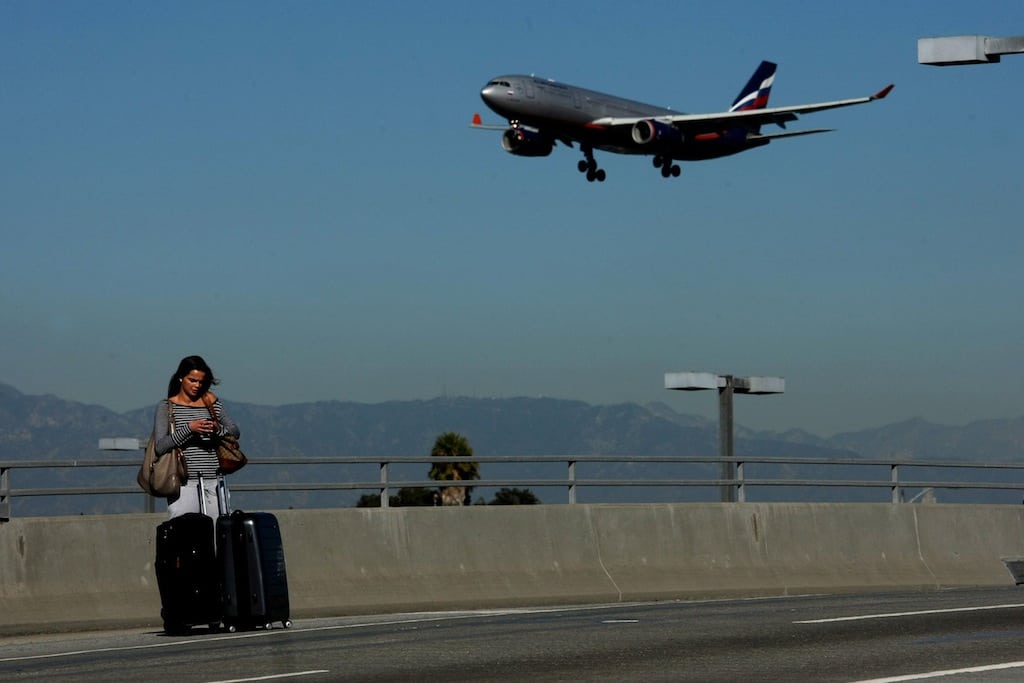How Los Angeles Airport Turned to Twitter During Friday's Shooting Incident

Skift Take
The staff members that first pushed their companies to invest in social may have been disregarded for their time spent online in the past. However, Friday's horrible incident reveals how crucial those team members and communication channels have become, especially to companies responsible for the safety of thousands on a daily basis.
Los Angeles International Airport's public relations and social media specialist Katherine Alvarado was getting ready to enjoy a sunny day off last Friday when she received an urgent phone call to get to the airport immediately.
Only hours before the highways would be flooded with stranded passengers, Alvarado drove to the airport with the help of special staff badge. As thousands fled the site, Alvarado parked her car and sprinted towards her office in LAX's old air traffic control tower to take the reigns of what would become the most watched and up-to-date news source throughout the crisis -- the airport's Twitter handle @LAX_Official.
Alvarado was not only responsible for sending more than 200 tweets Friday that included the latest news updates, retweets of airlines' flight changes, and responses to concerned flyers. She also sent emails to LAX's press list, answered phone calls from media outlets
